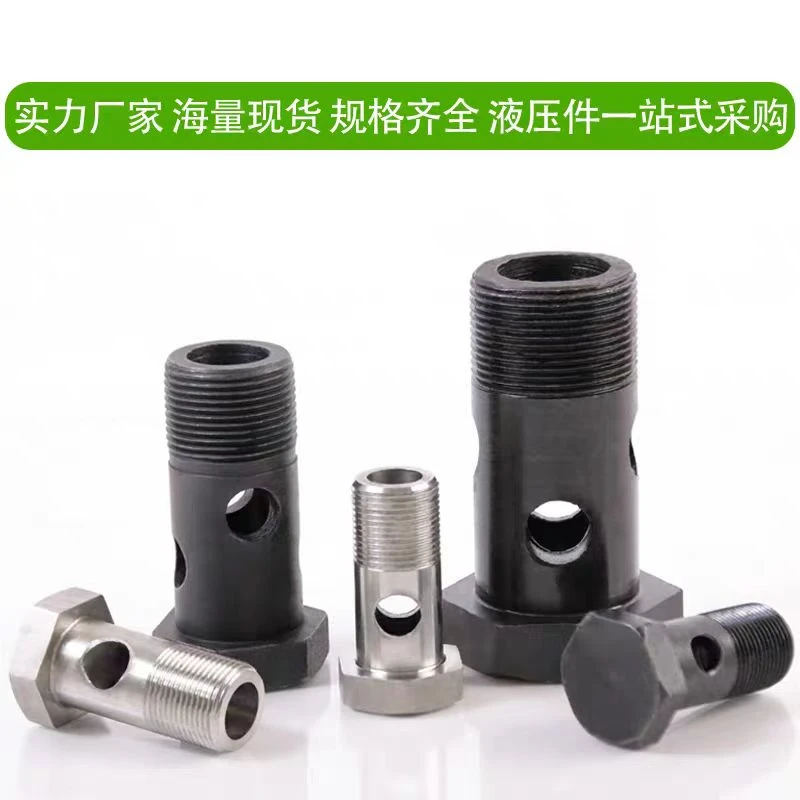

Swivel Flange Nut Applications and Benefits in Mechanical Connectors and Fastening Systems
Oct . 08, 2024 13:42 Back to list
Swivel Flange Nut Applications and Benefits in Mechanical Connectors and Fastening Systems
Understanding Swivel Flange Nuts A Comprehensive Overview
Swivel flange nuts are essential components in various mechanical and engineering applications. These specialized nuts serve a critical function in securing bolted joints while allowing for some level of rotational movement. This ability makes them ideal for applications where flexibility and alignment are necessary, particularly in plumbing, automotive, and structural installations.
What is a Swivel Flange Nut?
At its core, a swivel flange nut consists of a standard nut with a flange that allows it to rotate around the bolt axis. The flange ensures that the nut can be tightened without compromising the rotational capability. This dual functionality allows for adjustments in alignment even after the nut has been secured, making it particularly useful in situations where components may shift due to thermal expansion or mechanical stress.
Applications and Benefits
One of the primary advantages of using swivel flange nuts is their versatility. They are commonly found in areas where space is limited and precision is critical. For instance, in hydraulic systems, where hoses and pipes must be routed in complex configurations, swivel flange nuts can accommodate slight misalignments while maintaining the integrity of the connection.
In automotive engineering, these nuts contribute to the assembly of components such as exhaust systems and suspension parts. By allowing for angular adjustments, they help prevent stress concentrations that could lead to failure over time. Additionally, their design minimizes the risk of cross-threading, a common issue in conventional nut applications.
swivel flange nut

Material and Design Considerations
Swivel flange nuts are available in various materials, including stainless steel, alloy steel, and brass, providing options that cater to different environmental conditions and mechanical requirements. The choice of material is crucial, as it affects corrosion resistance, weight, and overall strength. For instance, stainless steel swivel flange nuts are often used in marine applications due to their resistance to saltwater corrosion.
The design of swivel flange nuts also varies, with features such as serrated flanges providing additional grip to prevent loosening due to vibrations. Some designs incorporate a locking mechanism to enhance stability under dynamic conditions, ensuring reliable fastening in high-stress environments.
Conclusion
In conclusion, swivel flange nuts are indispensable in a wide range of industries due to their unique design and functionality. Their ability to provide secure fastening while accommodating movement makes them an excellent choice for applications requiring flexibility and precision. As technology continues to evolve, the design and materials used for swivel flange nuts are likely to advance, further enhancing their performance and broadening their applicability.
Understanding the function and benefits of swivel flange nuts can help engineers and technicians make informed decisions in product selection and installation, ultimately leading to more reliable and efficient systems.
Latest news
-
High-Strength Hot Dip Galvanized Bolts - Hebei Longze | Corrosion Resistance, Customization
NewsJul.30,2025
-
Hot Dip Galvanized Bolts-Hebei Longze|Corrosion Resistance&High Strength
NewsJul.30,2025
-
High-Strength Hot-Dip Galvanized Bolts-Hebei Longze|Corrosion Resistance&High Strength
NewsJul.30,2025
-
Hot Dip Galvanized Bolts-Hebei Longze|Corrosion Resistance&High Strength
NewsJul.30,2025
-
Hot Dip Galvanized Bolts - Hebei Longze | Corrosion Resistance, High Strength
NewsJul.30,2025
-
High-Strength Hot Dip Galvanized Bolts-Hebei Longze|Corrosion Resistance, Grade 8.8
NewsJul.30,2025

